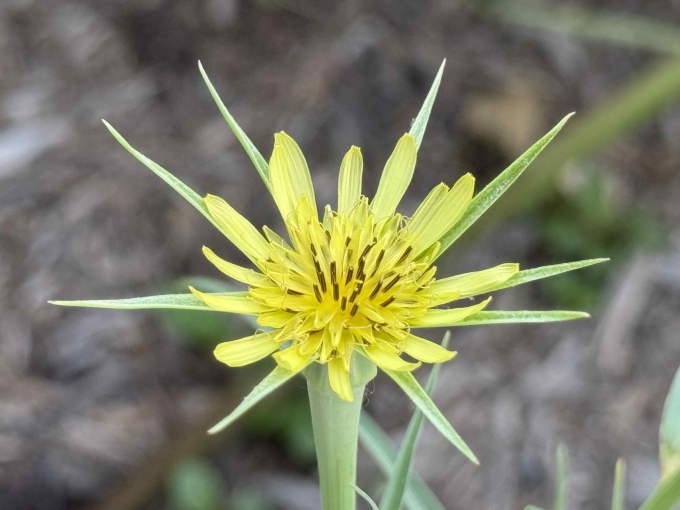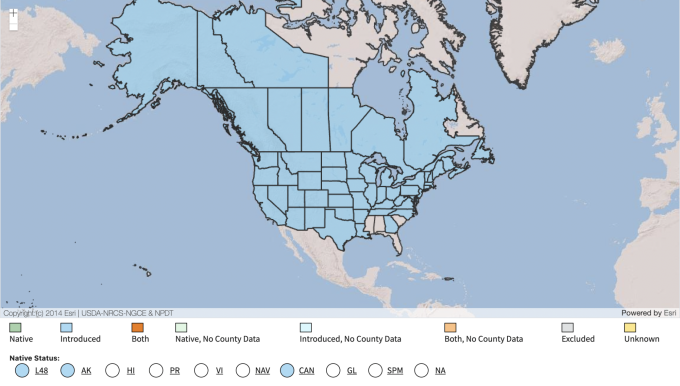Common Name: Yellow Western Salsify, Goat’s Beard
Family: Asteraceae
Plant Type: Biennial or Annual (sometimes perennial in favorable conditions)
Native Range: Europe and western Asia; introduced and now naturalized across much of North America, including Nebraska
Hardiness Zones: 3–9
Height: 1.5–3.0 feet
Spread: 1.0–1.5 feet
Bloom Time: Late spring to early summer (May–July in Nebraska)
Bloom Description: Bright yellow, dandelion-like flowers that open in the morning and close by midday; large, spherical seed heads
Sun Exposure: Full sun
Water Needs: Low
Soil Preference: Well-drained soils; tolerates poor, dry, sandy, or rocky soils
Maintenance Level: Very low (weedy)
Suggested Use: Naturalized areas, roadsides, rarely intentionally planted
Attracts: Some pollinators (bees, flies)
Tolerates: Drought, poor soils, disturbance
Notable Features: Large “blowball” seed head much bigger than a dandelion’s, tough and drought-tolerant
Nebraska Growing Notes:
Yellow Western Salsify is a naturalized wildflower (or weed) commonly seen along roadsides, pastures, and dry open areas throughout Nebraska. It thrives in full sun and dry, well-drained soils, tolerating extreme heat and drought.
It blooms in the morning with bright yellow flowers that close by noon. By mid-summer it produces strikingly large, fluffy seed heads, which disperse prolifically in wind.
This plant is rarely cultivated on purpose in Nebraska but is a common and recognizable member of disturbed prairie and roadside plant communities.
Landscape Use:
Generally considered a weedy wildflower, it is sometimes left in informal wildflower meadows or naturalized settings for its unique seed heads and tolerance of harsh conditions.
Caution:
Non-toxic but invasive in disturbed areas. Can spread aggressively by seed and outcompete native plants. Shallow-rooted but difficult to eliminate once established because of its prolific seed production.


